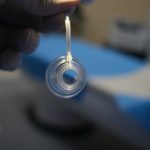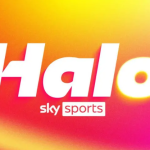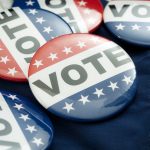The Executive’s Guide to Wellness Wearables: Cutting Through the Hype
In the high-stakes world of corporate leadership, peak performance isn't just about intelligence or experience—it's about sustained biological resilience. A 2024 Deloitte study revealed that 68% of C-suite executives experience chronic sleep deprivation, while 82% report decision fatigue. This is where wellness wearables transition from luxury gadgets to essential tools. But with an overwhelming array of options promising everything from stress reduction to sleep optimization, which devices actually deliver measurable results for time-pressed leaders?
The New Executive Essentials: Beyond Step Counting
The latest generation of wearables has evolved far beyond basic fitness tracking. Today's top-tier devices function as 24/7 health dashboards, offering executives real-time insights into three critical performance pillars: recovery readiness, cognitive load management, and metabolic efficiency. Unlike consumer-grade smartwatches that prioritize notifications, these specialized tools provide actionable data designed specifically for high-achievers.
Take the case of a Fortune 500 CEO who discovered through her Whoop 4.0 that afternoon fatigue wasn't from workload but from undiagnosed sleep apnea—a revelation that came not from doctor visits but from consistent oxygen saturation tracking. Or the hedge fund manager who used Oura Ring's temperature data to predict illness two days before symptoms appeared, avoiding critical meeting cancellations. These aren't hypothetical scenarios but increasingly common examples of how biometric intelligence is reshaping executive performance.
Related: How Strava Conquered the Fitness World and became a $2.2 Billion Empire
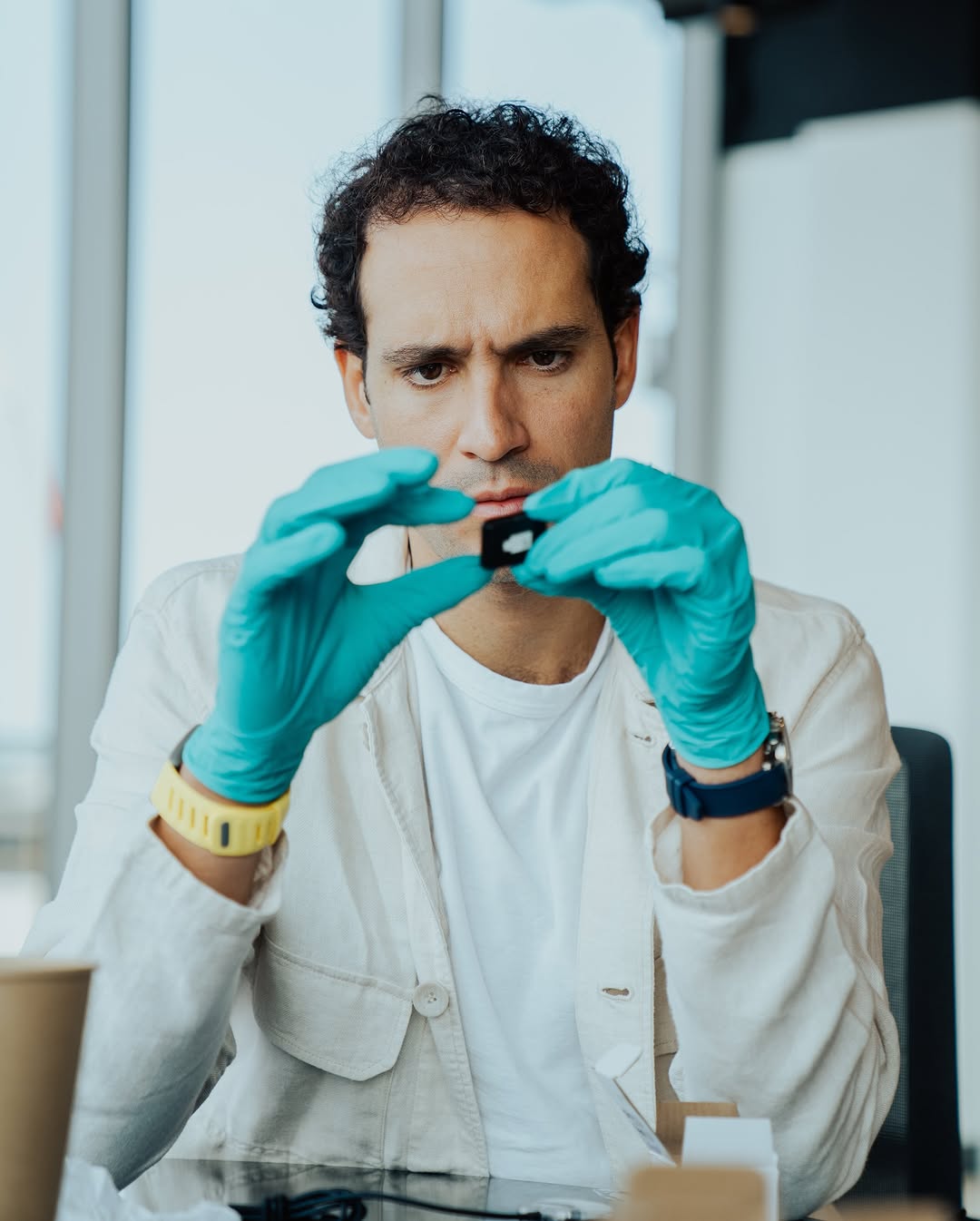
@Whoop CEO - Will Ahmed
The Contenders: Performance Wearables Put to the Test
Whoop 4.0 has become the darling of performance-driven leaders, particularly those with athletic backgrounds. Its subscription model eliminates hardware obsolescence, but the true value lies in its Strain Coach algorithm—a feature that advises whether to intensify workouts or prioritize recovery based on physiological markers. Goldman Sachs now includes Whoop in its executive wellness packages, though some users criticize its sleep tracking accuracy compared to medical-grade devices.
For executives preferring discretion, the Oura Ring Gen 3 offers clinical-grade insights in jewelry form. Its recent FDA clearance for sleep staging gives it scientific credibility that competitors envy. However, the ring's tendency to flag normal alcohol consumption as poor sleep quality has frustrated some users—a reminder that even the best tech still requires human interpretation.
The most innovative entry is Apollo Neuro, which doesn't just track stress but actively combats it through patented vibration therapy. NASA astronauts and Special Forces operatives use this technology, and how Wall Street traders are adopting it for pre-market open routines. While its stress-reduction claims are FDA-cleared, the absence of traditional biometric tracking means it works best when paired with another device.
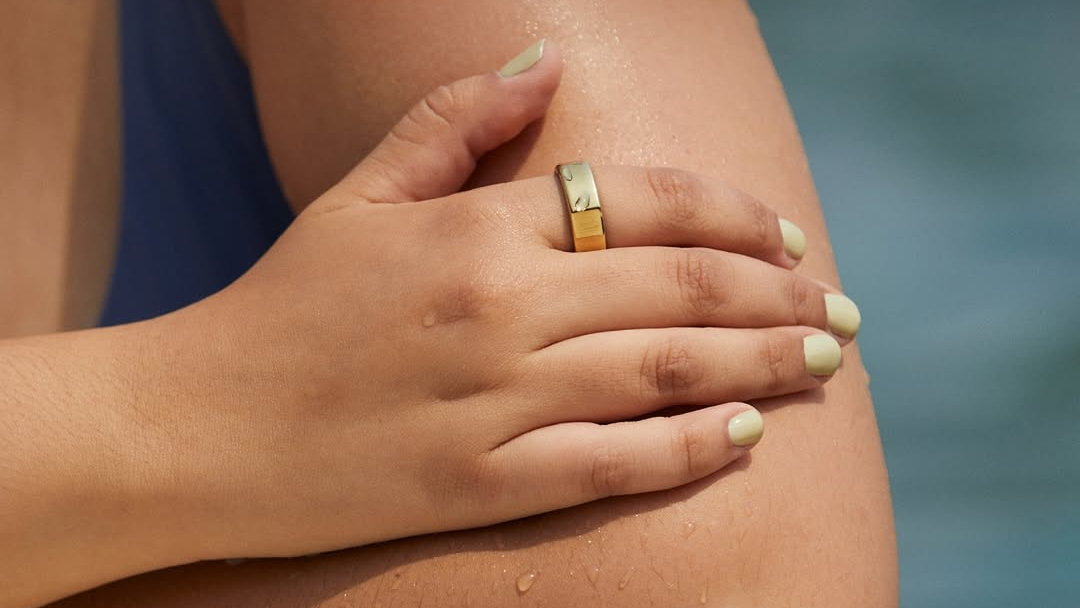
Oura Ring
The Reality Check: What Clinical Studies Reveal
A 2023 meta-analysis in Nature Digital Medicine found significant variability in wearable accuracy. While most devices reliably track heart rate, their sleep staging accuracy ranges from 60-80% compared to polysomnography. This doesn't render them useless—it simply means executives should view the data as directional rather than diagnostic.
The exception comes from Biostrap EVO, whose medical-grade sensors achieve 95% correlation with hospital equipment. But this precision comes at a cost: the device's bulky design and mandatory chest strap make it impractical for daily executive wear. It's currently used primarily by professional athletes and biohacking enthusiasts willing to sacrifice aesthetics for data.
Making the Right Choice: A Strategic Approach
Selecting a wearable isn't about finding the "best" device but the right tool for specific executive challenges. Frequent travelers should prioritize the Oura Ring's week-long battery and airport-friendly design. Data-driven leaders might prefer Whoop's enterprise analytics dashboard. Those managing high-stress environments could benefit most from Apollo Neuro's real-time interventions.
What's often overlooked is integration potential. The true power emerges when these devices connect with executive ecosystems—syncing with corporate wellness platforms, feeding data to personal health teams, or even informing meeting scheduling based on circadian rhythms. JPMorgan Chase recently piloted a program where executive assistants receive alerts when biometric data suggests leaders need recovery time.
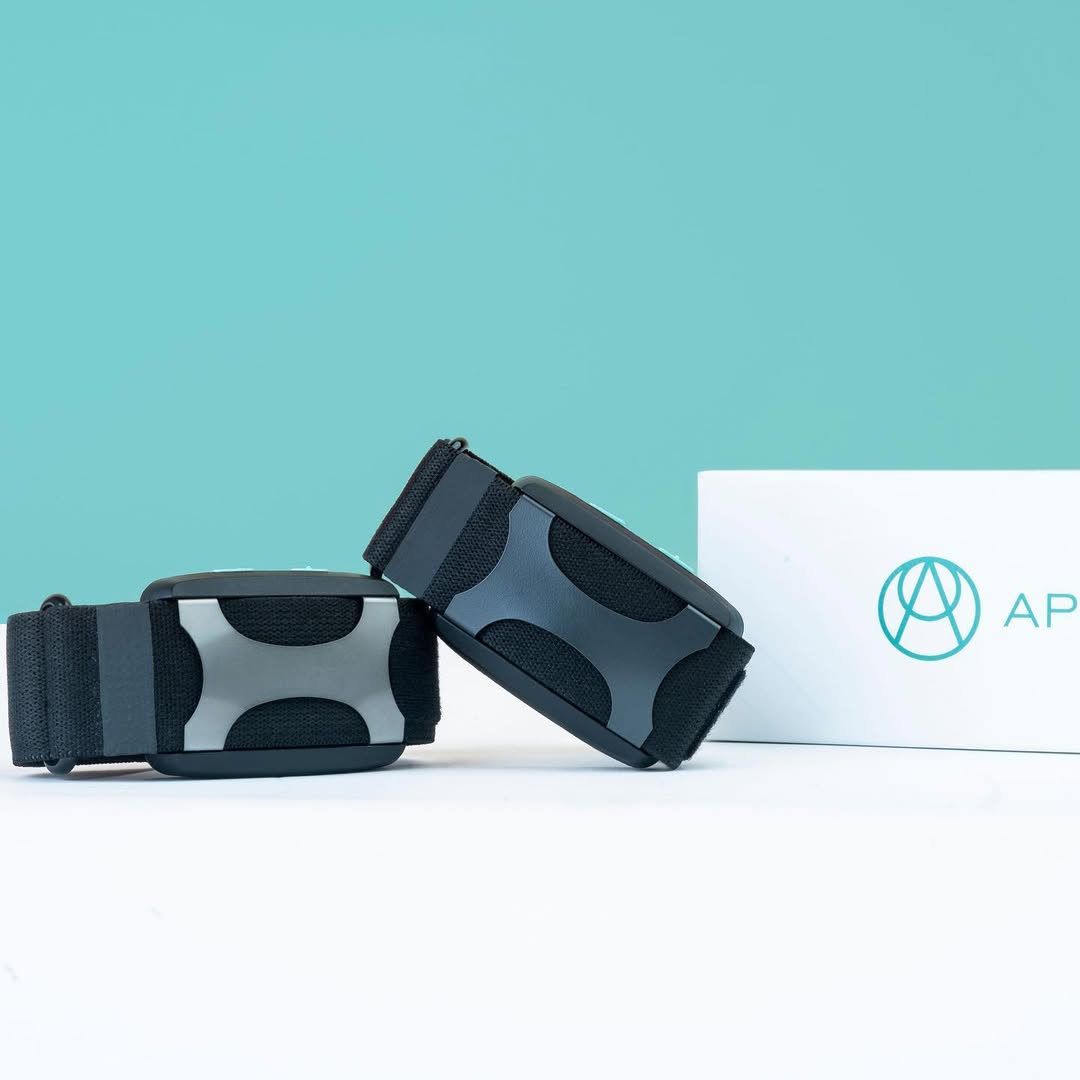
Your Next Step: Beyond Passive Tracking
The frontier of executive wearables is shifting from observation to optimization. Emerging technologies like non-invasive glucose monitors and EEG headbands promise even deeper performance insights. But the immediate opportunity lies in fully leveraging existing tools—not just wearing them, but systematically applying their data to decision-making.
For time-pressed executives ready to take action, we offer a complimentary wearable consultation with our corporate performance specialists. Within 30 minutes, we'll analyze your schedule, stress patterns, and health goals to recommend the optimal device—and more importantly, show you how to translate its data into measurable performance gains.
The difference between good and great leadership increasingly comes down to biological awareness. The question isn't whether you can afford these tools, but whether you can afford to fly blind when your competitors aren't.
Related: How Strava Conquered the Fitness World and became a $2.2 Billion Empire
Related: From the Sidelines to Center Stage: 5 Sports Tech Innovations Changing the Game






